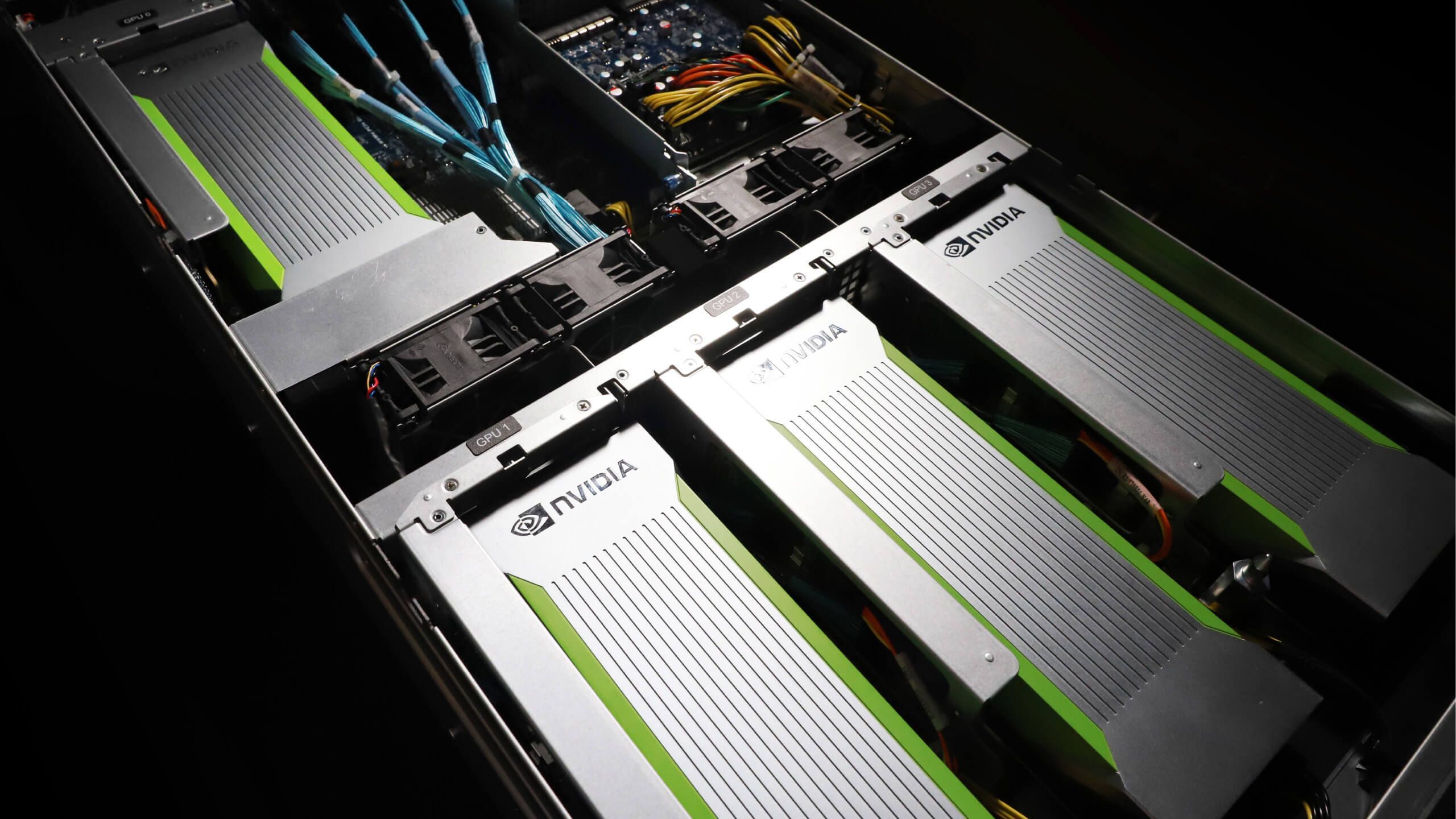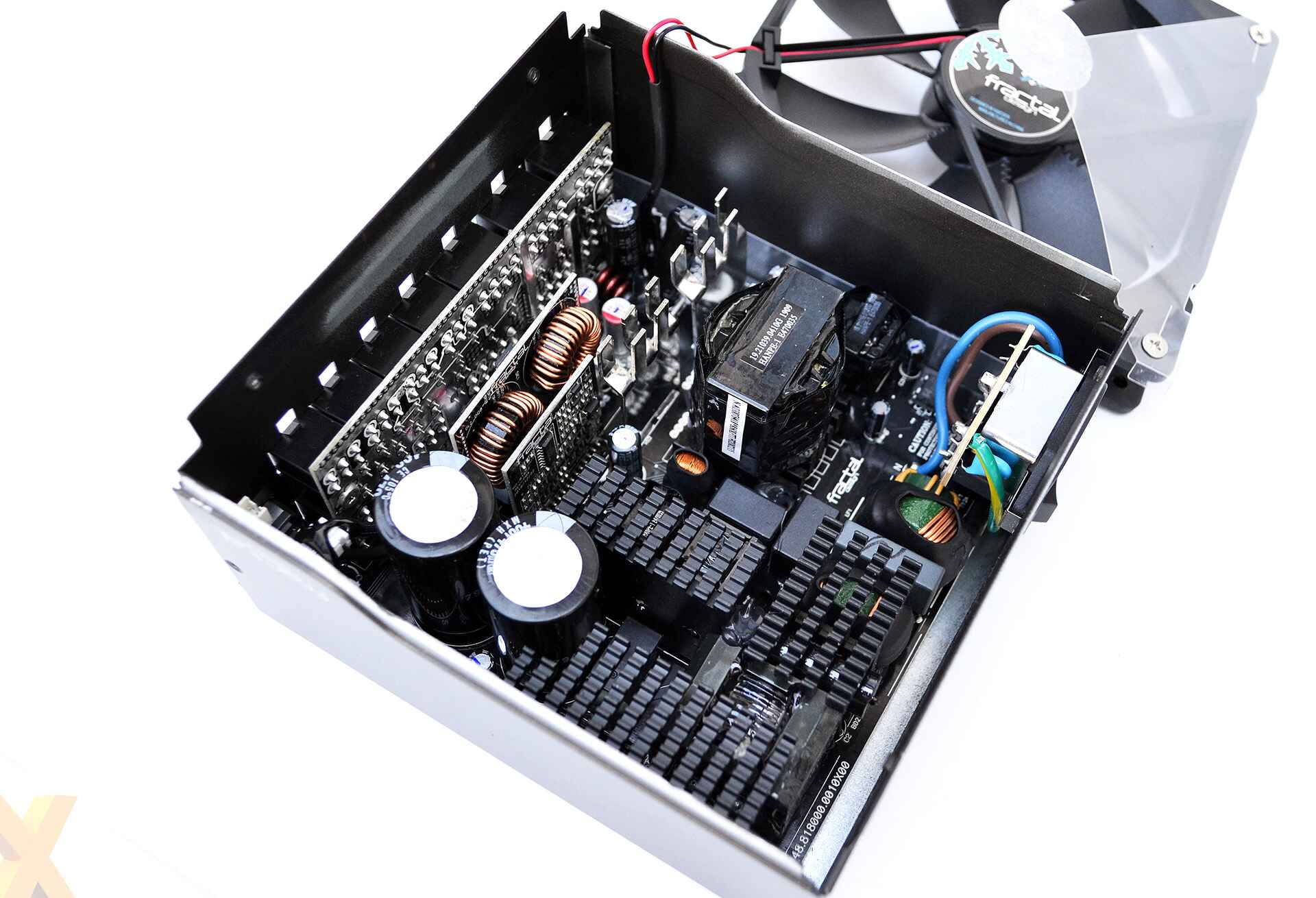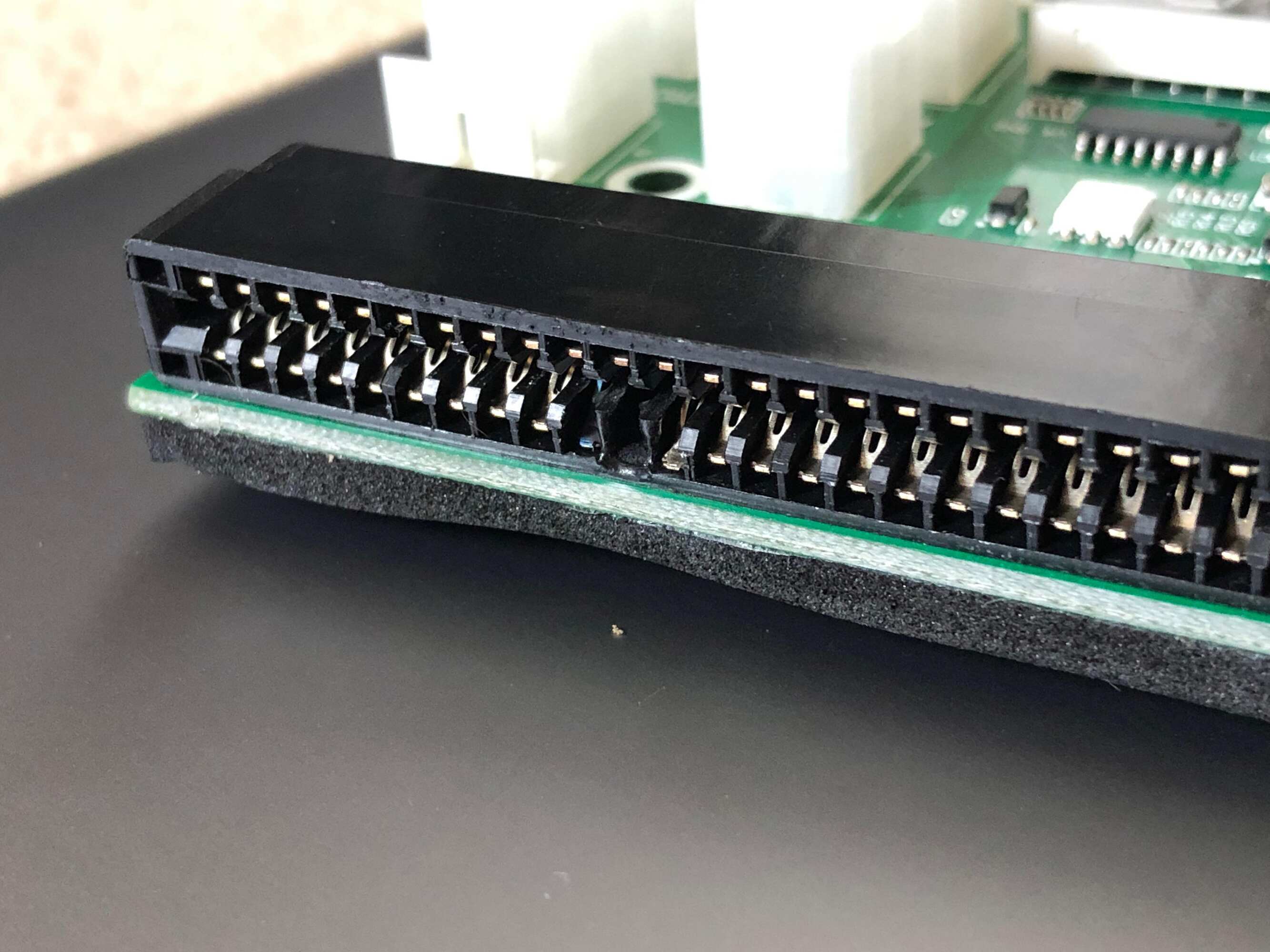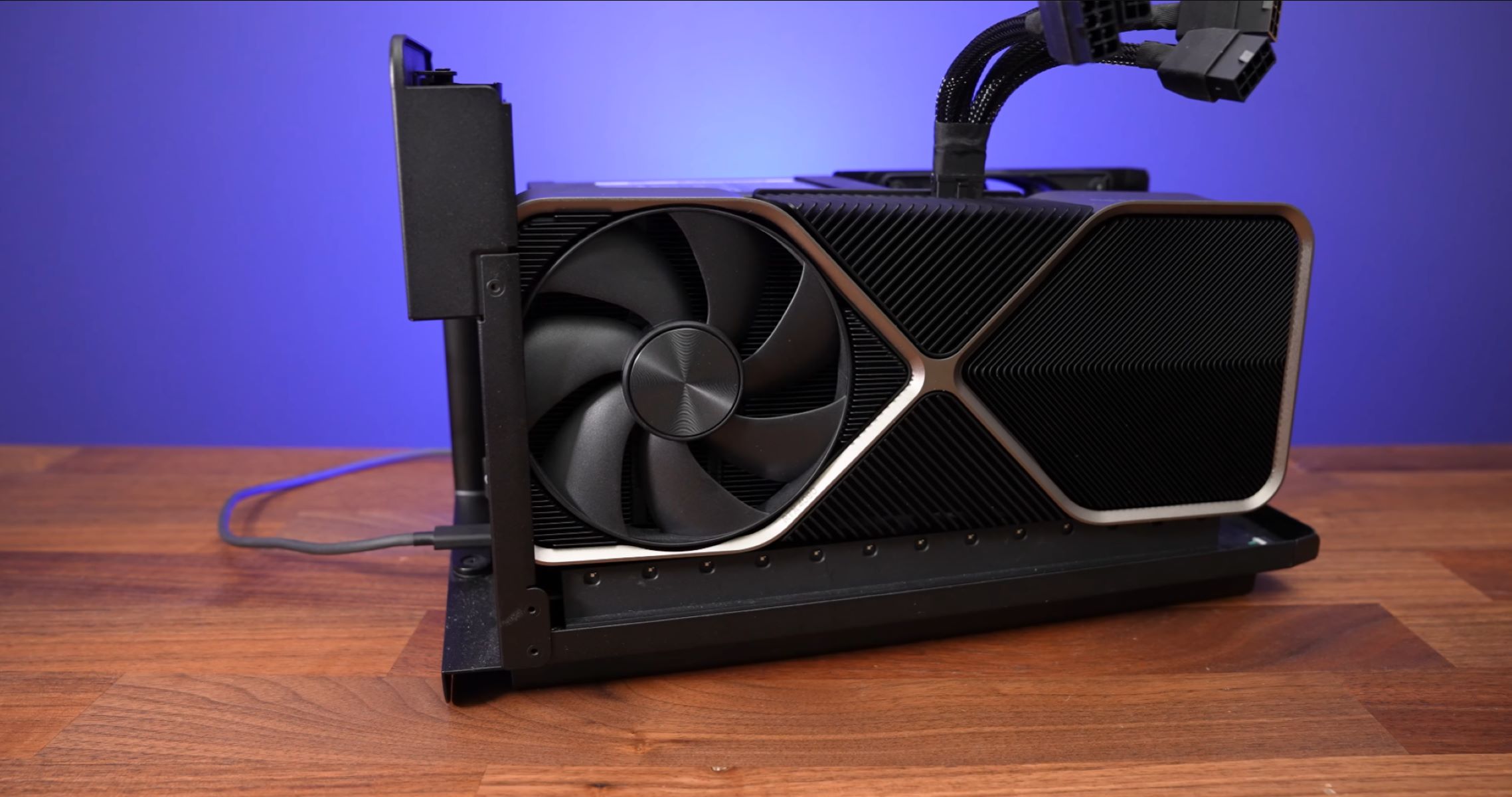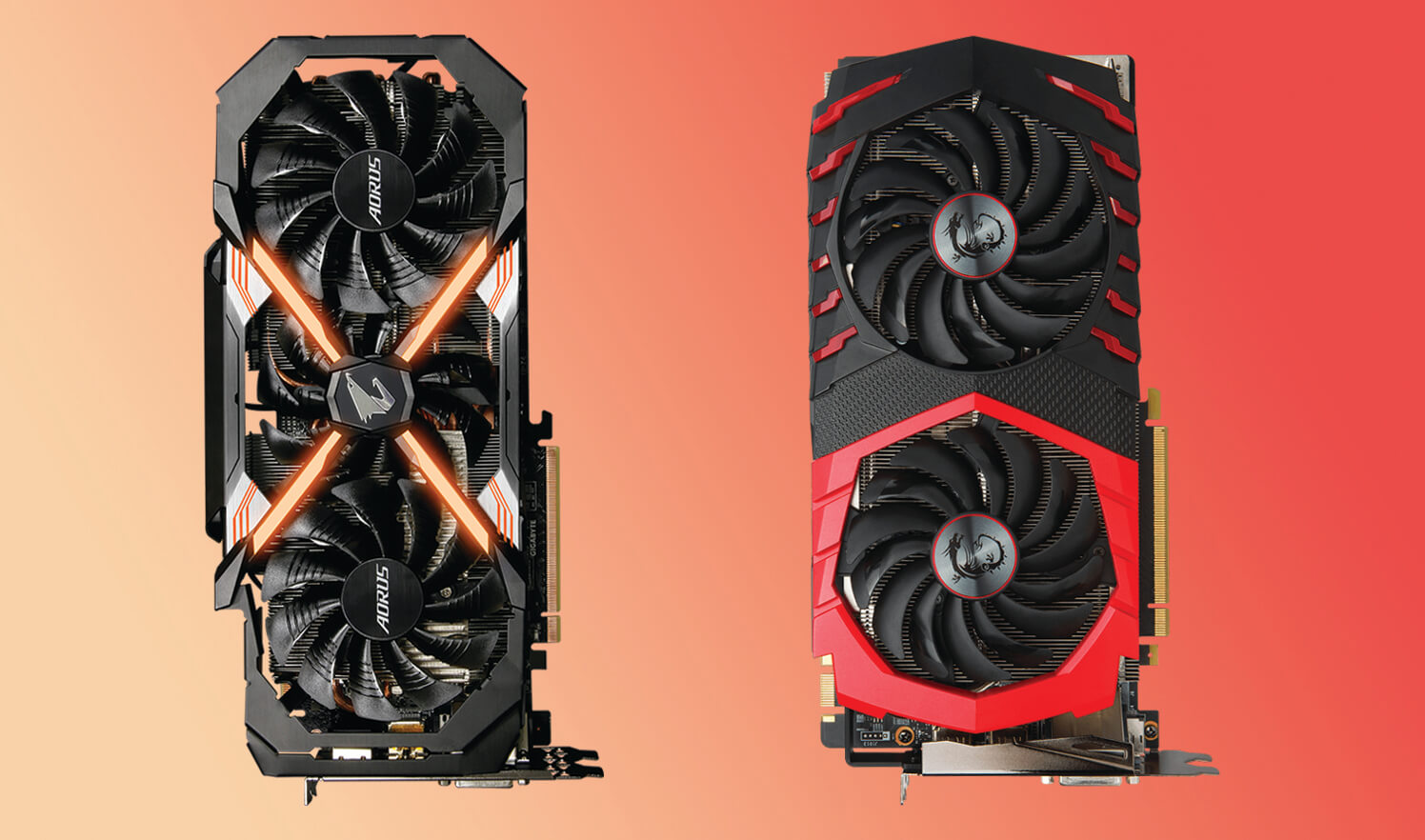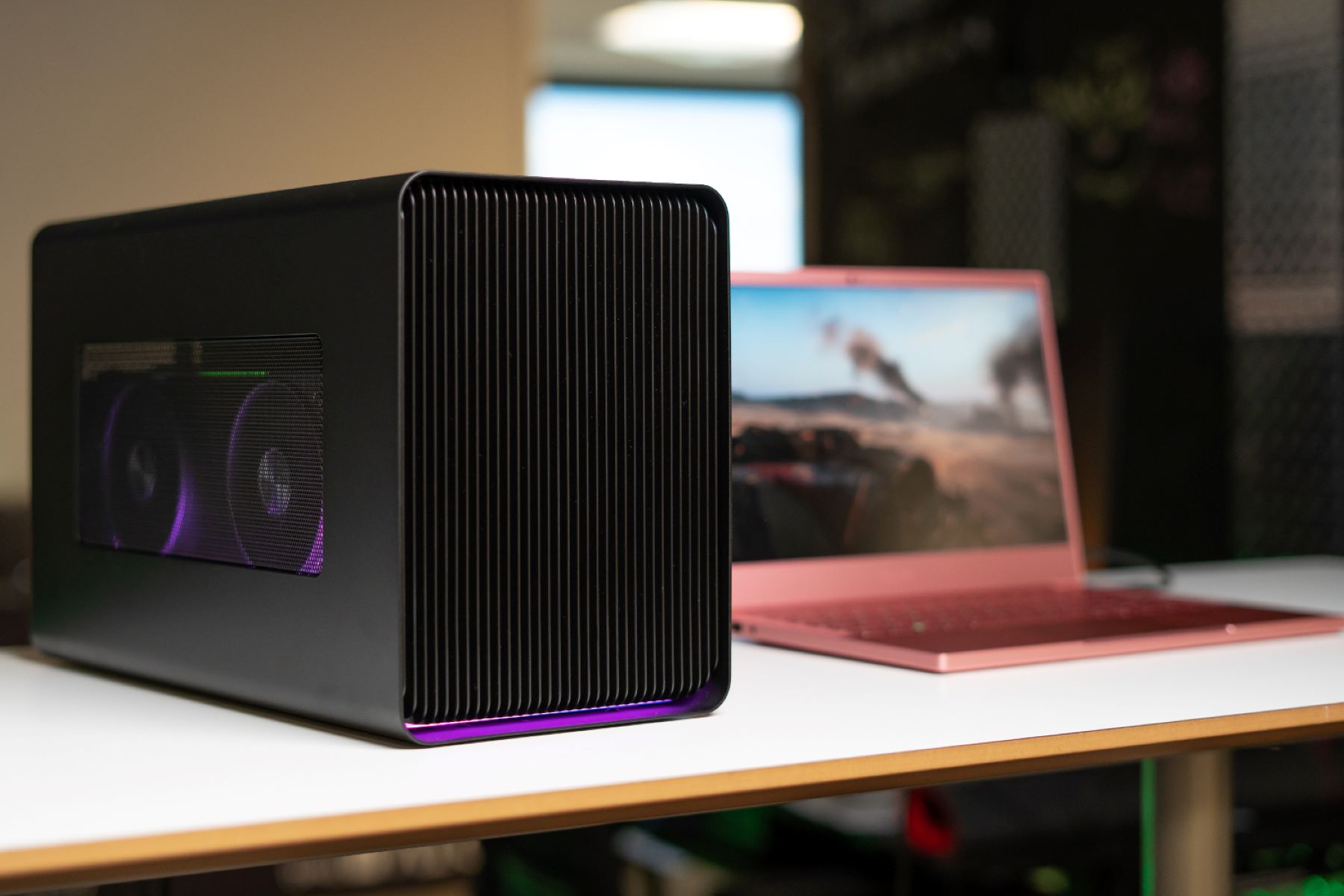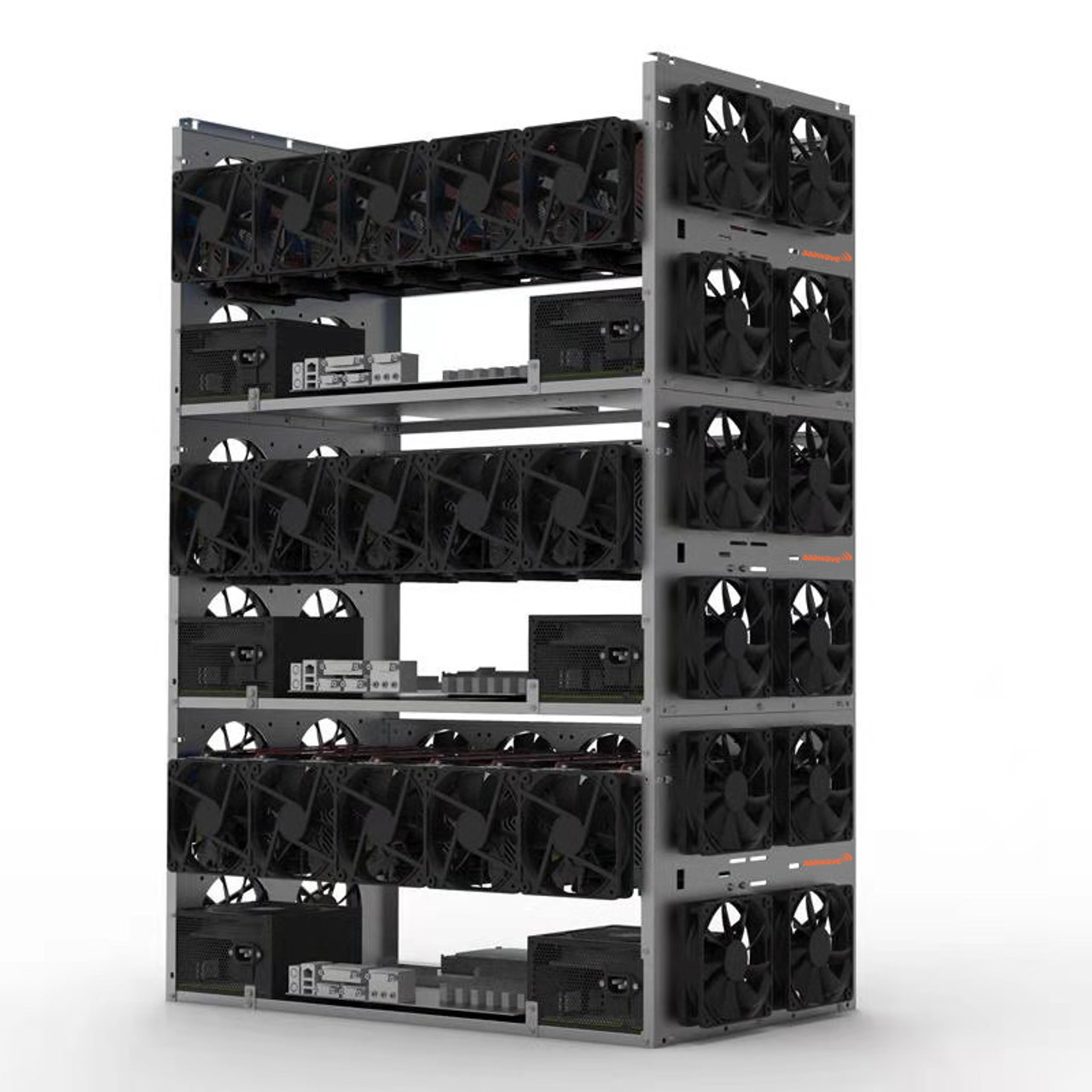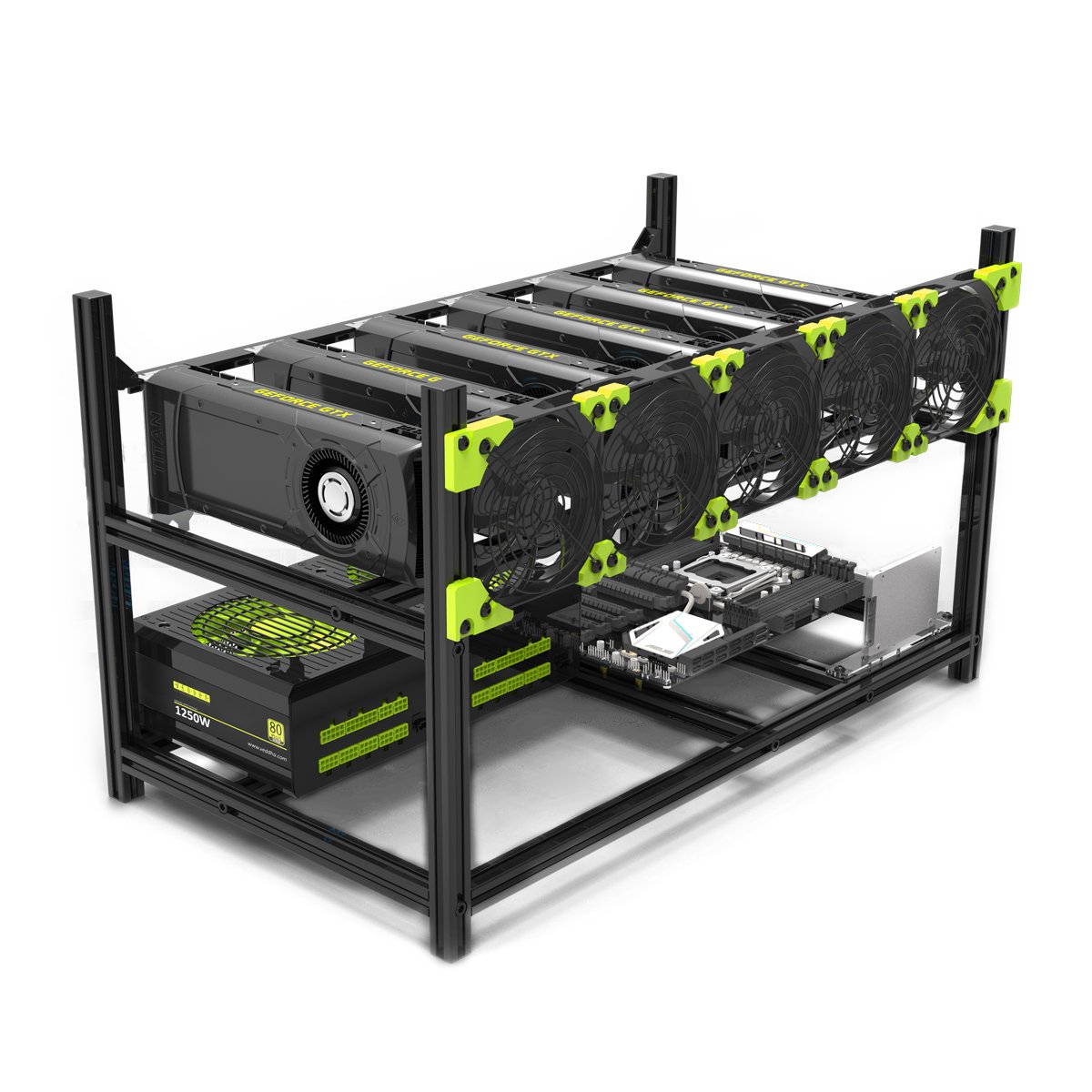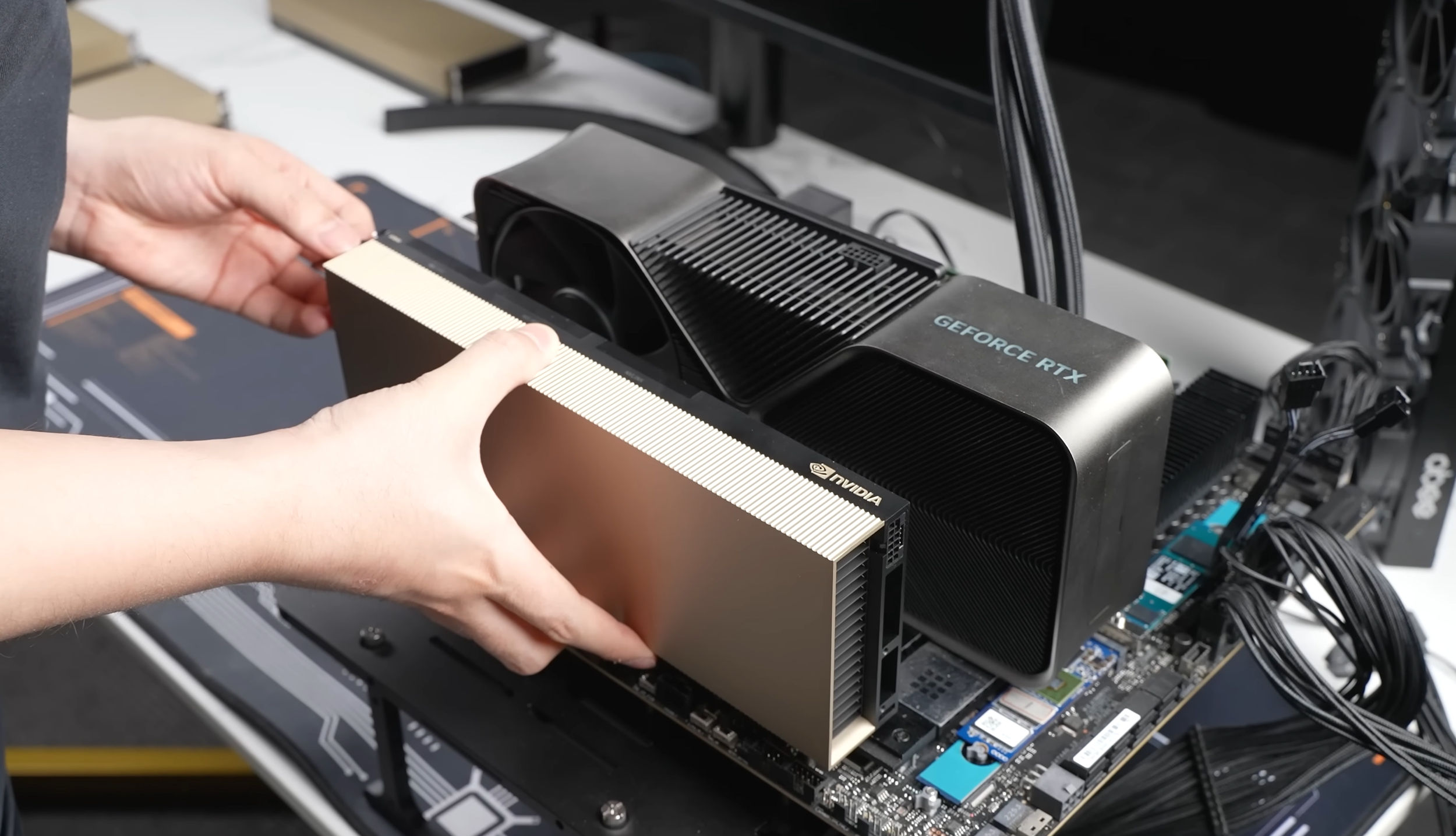Introduction
A GPU server, or Graphics Processing Unit server, is a type of server that is optimized for performing complex graphical calculations and rendering. It utilizes powerful GPUs instead of traditional CPUs to deliver faster processing speeds and improved performance for tasks involving graphics-intensive applications.
In recent years, there has been a growing demand for GPU servers due to the increasing need for high-performance computing across various industries, including AI and machine learning, gaming, animation, scientific research, and cryptocurrency mining. These servers are designed to handle massive parallel processing tasks, making them ideal for applications that require substantial computational power.
The use of GPU servers has revolutionized industries, allowing businesses and researchers to tackle complex problems and achieve faster results. By harnessing the power of GPUs, these servers can significantly accelerate data processing and analysis, enabling businesses to gain valuable insights and make informed decisions in real-time.
Unlike traditional servers that rely solely on CPUs, GPU servers are equipped with multiple GPUs that work in tandem to handle the intense computational workloads. This parallel processing capability allows GPU servers to perform tasks like image and video rendering, simulating complex physics, training advanced AI models, and performing advanced computations more efficiently and effectively.
As the demand for GPU servers continues to rise, there are an increasing number of providers offering GPU server solutions to meet the diverse needs of businesses and individuals. These solutions range from cloud-based GPU servers to dedicated GPU servers hosted on-site. Choosing the right GPU server provider depends on factors such as budget, workload requirements, scalability, and support.
In this article, we will explore the benefits and applications of GPU servers, discuss the different types of GPU servers available, and provide insights on how to choose the right GPU server provider. Whether you are a small business looking to harness the power of GPU servers or a researcher in need of high-performance computing, this article will provide valuable information to help you make informed decisions.
What is a GPU Server?
A GPU server, also known as a Graphics Processing Unit server, is a specialized type of server that is designed to leverage the computational power of GPUs for performing complex graphical calculations and rendering. Unlike traditional servers that primarily rely on CPUs (Central Processing Units), GPU servers are equipped with multiple GPUs that are optimized for parallel processing.
GPUs, originally developed for graphics rendering in gaming and multimedia applications, have now found their way into various industries due to their ability to perform highly parallel computations. This makes them well-suited for tasks that involve heavy data processing, such as AI and machine learning, scientific simulations, video rendering, and cryptocurrency mining.
What sets GPU servers apart from their CPU counterparts is their architecture. GPUs consist of thousands of smaller cores that enable them to process multiple tasks simultaneously. This parallel processing capability makes GPU servers more efficient in handling tasks that can be broken down into smaller chunks and processed concurrently.
One of the primary advantages of GPU servers is their immense computational power. By harnessing the parallel processing capabilities of GPUs, these servers can perform complex computations and data analysis much faster than traditional servers. This acceleration is particularly beneficial for applications that require real-time results or deal with large datasets.
Moreover, GPU servers are designed to handle graphics-intensive applications, allowing businesses to deliver immersive visual experiences to their customers. Whether it’s rendering high-resolution graphics, processing real-time 3D animations, or powering virtual reality experiences, GPU servers excel in delivering high-performance graphics processing.
Using a GPU server can bring significant benefits to businesses and individuals. The enhanced processing power can accelerate data modeling and analysis, enable more accurate and detailed simulations, and reduce the time required for rendering and visual effects in gaming and multimedia applications. Additionally, the parallel processing capabilities of GPUs make them an invaluable tool for training and deploying deep neural networks in AI and machine learning applications.
Overall, a GPU server offers a powerful, efficient, and cost-effective solution for businesses and individuals who require high-performance computing capabilities. By leveraging the immense computational power of GPUs, these servers can speed up complex tasks, deliver stunning graphics, and unlock new possibilities across a wide range of industries.
Benefits of GPU Servers
GPU servers offer a plethora of benefits that make them indispensable in various industries and applications. Let’s explore some of the key advantages:
- Increased Processing Power: GPU servers leverage the parallel processing capabilities of GPUs to deliver significantly higher processing power compared to traditional CPU servers. This allows for faster data processing, complex calculations, and real-time rendering.
- Enhanced Performance: The ability of GPU servers to handle graphics-intensive applications makes them ideal for tasks such as video rendering, gaming, animation, and virtual reality. They can deliver high-quality visuals and smooth performance, providing immersive experiences for users.
- Acceleration of AI and Machine Learning: GPU servers are a game-changer for AI and machine learning applications. The parallel processing power of GPUs accelerates training and inference of deep neural networks, allowing for faster model development and more accurate predictions.
- Efficient Data Processing: With GPUs being highly efficient in parallel processing, GPU servers can process large datasets in less time. This efficiency is particularly beneficial for industries such as finance, scientific research, and data analytics, where quick data analysis is crucial.
- Cost-Effective Solution: Despite their high computational power, GPU servers can be a cost-effective solution. They can handle intensive workloads, reducing the need for multiple CPU servers and optimizing resource utilization, resulting in potential cost savings for businesses.
- Scalability and Flexibility: GPU servers provide scalability and flexibility. Businesses can easily add or remove GPUs based on their computational requirements, allowing them to scale up or down as needed. Additionally, GPU cloud services offer the flexibility of on-demand resource allocation.
- Competitive Advantage: Using GPU servers can give businesses a competitive edge by enabling them to process data faster, develop advanced models, and deliver high-performance applications. This positions businesses to innovate, make data-driven decisions, and stay ahead in today’s fast-paced technological landscape.
Whether it’s speeding up data processing, improving visual quality, accelerating AI development, or offering cost-effective solutions, GPU servers have a wide range of benefits that cater to the diverse needs of businesses and industries. Embracing GPU servers can lead to improved performance, enhanced user experiences, and a competitive advantage in a data-driven world.
Applications of GPU Servers
GPU servers have a broad range of applications across various industries. Let’s explore some of the key areas where GPU servers are making a significant impact:
- AI and Machine Learning: GPU servers have revolutionized the field of AI and machine learning. They are used for training and inferencing deep neural networks, allowing businesses to develop advanced models, perform real-time analysis, and make accurate predictions.
- Scientific Research: GPU servers play a vital role in scientific research by enabling complex simulations and calculations. They are used in fields such as physics, chemistry, biology, and climate modeling to analyze massive datasets and simulate intricate phenomena.
- Gaming and Multimedia: GPU servers are essential for delivering stunning graphics and immersive experiences in the gaming and multimedia industries. They power real-time rendering, high-resolution graphics, physics simulations, and virtual reality applications.
- Data Analytics and Big Data: With the exponential growth of data, GPU servers are instrumental in handling big data analytics. They provide fast data processing and analysis, enabling businesses to extract valuable insights and make data-driven decisions in real-time.
- Computer-Aided Design (CAD) and 3D Rendering: GPU servers are widely used in industries such as architecture, engineering, and product design. They accelerate the rendering process, allowing designers to visualize and present their ideas quickly and efficiently.
- Medical Imaging: In the healthcare industry, GPU servers are crucial for efficient processing of medical images such as CT scans, MRI scans, and ultrasounds. They enable faster diagnostics, image reconstruction, and analysis, leading to more accurate diagnoses and better patient care.
- Cryptocurrency Mining: GPU servers are extensively utilized for cryptocurrency mining, particularly for coins that are mined using GPU algorithms. The parallel processing power of GPUs makes them well-suited for performing the complex calculations required for mining cryptocurrencies.
These are just a few examples of the wide array of applications where GPU servers are making a significant impact. From accelerating AI development to enhancing visual experiences and optimizing data analysis, GPU servers are transforming industries and enabling businesses to achieve new levels of performance and innovation.
Different Types of GPU Servers
GPU servers come in various configurations and deployment options to cater to different needs and requirements. Here are some of the common types of GPU servers:
- Cloud-based GPU Servers: Cloud service providers offer GPU servers as part of their infrastructure-as-a-service (IaaS) offerings. These servers are accessible over the internet, eliminating the need for businesses to invest in and maintain their own hardware. Cloud-based GPU servers provide scalability, flexibility, and on-demand resource allocation.
- Dedicated GPU Servers: Dedicated GPU servers are physical servers that are equipped with powerful GPUs and are solely dedicated to an individual business or organization. These servers offer maximum control and customization options, making them ideal for businesses with specific requirements and workload demands.
- Virtualized GPU Servers: Virtualized GPU servers utilize hypervisor technology to share and allocate the processing power of GPUs among multiple virtual machines. This allows for efficient resource utilization and cost savings, as businesses can maximize GPU performance across multiple workloads.
- Workstation GPU Servers: Workstation GPU servers are designed for intensive graphical workloads and high-performance computing tasks. These servers are often used by professionals in industries such as design, animation, and engineering, who require powerful computing capabilities and real-time rendering.
- Edge GPU Servers: Edge GPU servers are deployed close to the edge of the network, reducing latency and enabling faster processing of real-time data. These servers are commonly used in applications such as autonomous vehicles, smart cities, and IoT devices, where low latency and quick decision-making are critical.
It’s important to consider factors such as workload requirements, scalability, cost, and deployment preferences when choosing the type of GPU server that best suits your needs. Cloud-based GPU servers are typically more suited for fluid workloads and dynamic scaling, while dedicated servers offer higher customization and control. Virtualized GPU servers provide a balance between resource utilization and flexibility, whereas workstation GPU servers cater specifically to graphics-intensive applications. Edge GPU servers are ideal for use cases that require real-time processing and low latency.
Ultimately, the type of GPU server you choose will depend on your specific requirements, budget, and scalability needs. It’s recommended to consult with GPU server providers to understand the available options and determine the best fit for your business.
Choosing a GPU Server Provider
When it comes to choosing a GPU server provider, there are several factors to consider to ensure you select the right solution that meets your business needs. Here are some essential considerations:
- Performance and Compatibility: Evaluate the performance and compatibility of the GPU server provider’s infrastructure. Ensure that the GPUs offered are up-to-date and capable of delivering the required performance for your specific workload. Compatibility with your software and frameworks is also crucial to ensure smooth integration and optimal performance.
- Scalability and Flexibility: Consider the scalability options provided by the GPU server provider. Determine whether they can accommodate your increasing computational requirements as your business grows. Additionally, assess the flexibility of their offerings, such as the ability to add or remove GPUs as needed.
- Reliability and Uptime: Look for a provider that offers high reliability and uptime guarantees for their GPU servers. Downtime can significantly impact your operations and cause disruptions. Check for redundant power sources, network connectivity, and reliable data center infrastructure.
- Cost and Pricing: Compare the pricing models and costs of different GPU server providers. Consider factors such as upfront costs, on-demand pricing, and any additional charges, such as data transfer or storage fees. Ensure that the pricing aligns with your budget and offers a good balance between cost and performance.
- Customer Support and Service Level Agreements (SLAs): Research the customer support options provided by the GPU server provider. Look for providers that offer responsive support channels like phone, email, and live chat, as well as detailed documentation and tutorials. Additionally, check if they offer service level agreements (SLAs) to guarantee uptime and support availability.
- Data Security and Compliance: Data security is paramount, especially if you are dealing with sensitive or confidential information. Ensure that the GPU server provider has robust security measures in place, such as firewalls, encryption, intrusion detection systems, and regular security audits. Additionally, consider whether they comply with relevant data protection regulations and industry standards.
- Reviews and Reputation: Research the reputation and reviews of the GPU server provider. Look for testimonials, case studies, and customer feedback to gauge their reliability, performance, and customer satisfaction. Consider reaching out to existing customers or industry peers for recommendations and insights.
By carefully evaluating these factors and conducting thorough research, you can make an informed decision when choosing a GPU server provider. Consider your specific needs, budget, and long-term scalability requirements to find a provider that offers the best combination of performance, scalability, reliability, customer support, and security for your business.
Conclusion
GPU servers have emerged as powerful tools that enhance computing performance and enable businesses to tackle complex tasks more efficiently. Their parallel processing capabilities make them ideal for graphics-intensive applications, AI and machine learning, scientific research, and data analytics.
In this article, we explored the concept of GPU servers, their benefits, applications, different types, and factors to consider when choosing a GPU server provider. We learned that GPU servers offer increased processing power, enhanced performance, and cost-effective solutions. They find applications in various industries, including AI, gaming, scientific research, and medical imaging.
When choosing a GPU server provider, one must consider factors such as performance, scalability, reliability, cost, customer support, and security. Evaluating these factors ensures that businesses select the right provider that aligns with their needs, budget, and long-term growth plans.
As GPU technology continues to advance, GPU servers will play a vital role in driving innovation and advancements across industries. They allow businesses to push boundaries, process data faster, create stunning visuals, and make rapid progress in AI and machine learning applications.
Whether you are a small business owner looking to leverage GPU servers for data analysis or a researcher requiring high-performance computing, the benefits of GPU servers are undeniable. By harnessing the immense computational power of GPUs, businesses can unlock new possibilities, gain a competitive edge, and propel their success in the digital age.







